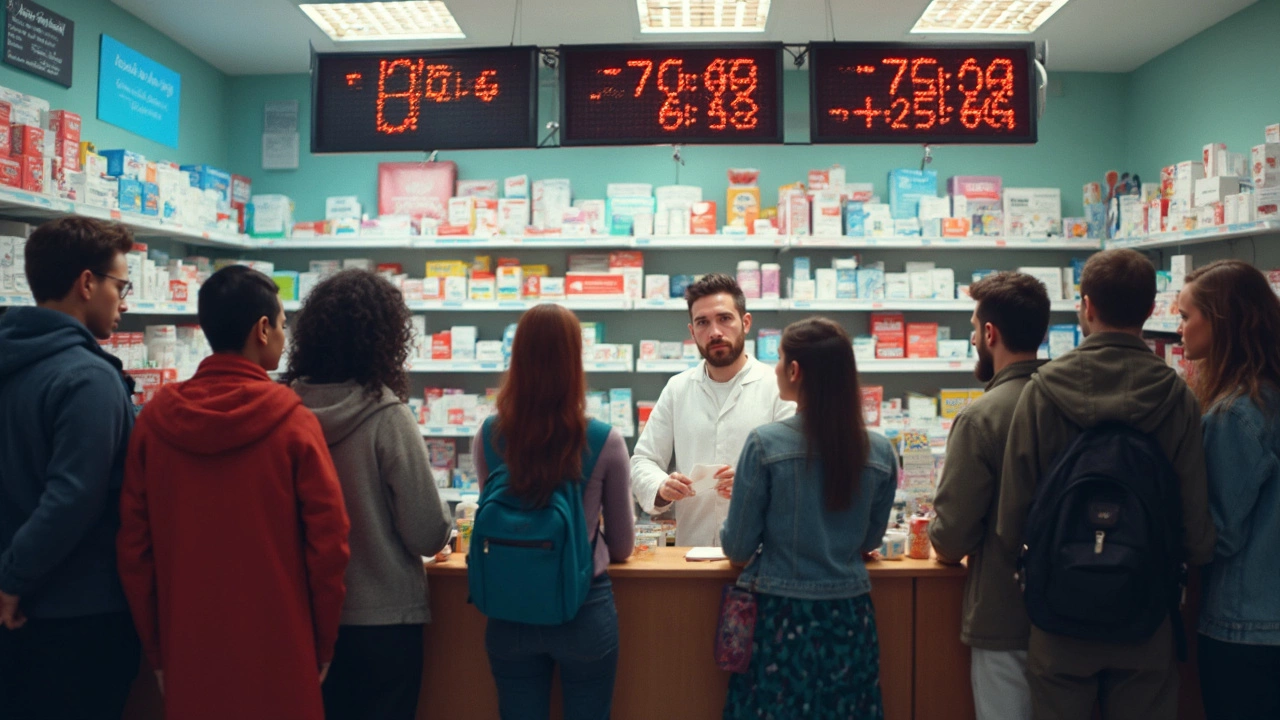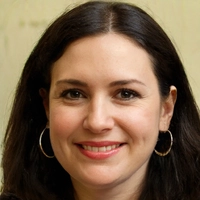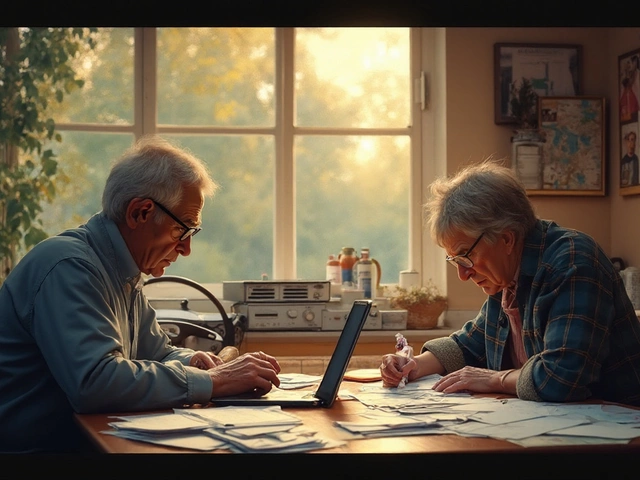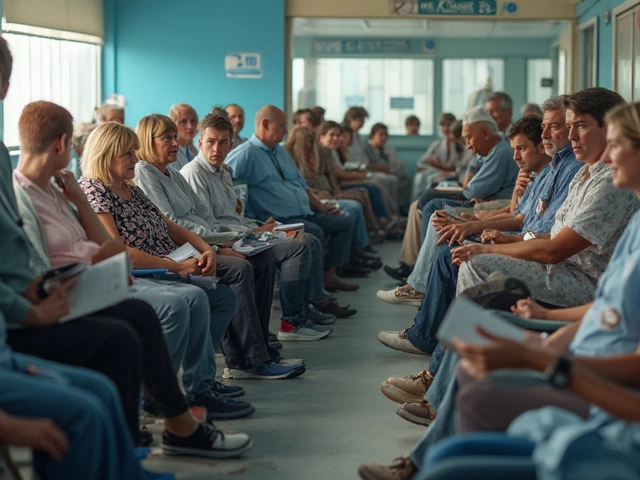Ever felt confused at the pharmacy counter, staring at the slip with your prescription price circled in red? You’re not alone. Prescription costs in the U.S. can swing wildly — one person gets a $9 generic, someone else pays $200 for the same thing. There’s a reason these numbers aren’t just random.
A lot of what you pay depends on your insurance plan (or if you even have one), what kind of drug you need, and even which pharmacy you visit. Two neighbors might get different prices for the exact same pill, just because of insurance agreements and pharmacy markups. It’s not about being lucky or unlucky at all.
Sometimes, people with no insurance pay less out of pocket for a generic medication than someone who’s fully insured. Why? That’s down to hidden deals, discount plans, and how pharmacies set their base prices. Knowing a few tricks can make a real difference next time you get a prescription filled.
- Why Prescription Prices Can Vary So Much
- The Real Role of Insurance (and What They Don’t Tell You)
- Brand-Name vs. Generic: Where’s the Savings?
- Smart Moves to Lower Your Prescription Bill
Why Prescription Prices Can Vary So Much
Ever paid for a prescription and wondered why it’s so much higher (or lower) than last month? You’re not imagining things—prescription costs are all over the map. There isn’t a single price for a medication in this country. Prices change depending on who’s buying, where you fill it, and sometimes even what day it is.
Here’s what’s really behind the price swings:
- Pharmacy benefit managers (PBMs): These middlemen work between insurance companies, pharmacies, and drugmakers. They set a lot of the pricing rules. Their deals decide how much your pharmacy pays for the medicine, and often how much you’ll end up paying too. You might think insurance makes things cheaper, but PBMs sometimes steer people toward pricier choices because of rebates, not savings.
- Brand-name vs. generic: If you’re getting a brand-name drug, brace yourself. These usually cost way more, especially for new medications under patent. Generics are mostly a fraction of the price because makers don’t have to pay for all the expensive research.
- Insurance coverage: Your drug insurance plan might cover one medication, but not another that seems pretty similar. Your copay can change without warning when your plan’s “formulary” (its list of covered drugs) gets updated. Sometimes, insurance makes you use a certain pharmacy, too.
- Pharmacy pricing: Pharmacies don’t all charge the same price! Some mark up drugs, others join discount networks. One location of a chain might be $40 cheaper than another down the street. Yes, really.
Check out how the same drug can cost wildly different amounts depending on how it’s paid for:
| Drug | Cash Price | Insurance Copay | Discount Card |
|---|---|---|---|
| Lisinopril (generic for blood pressure) | $15 | $5 | $7 |
| Crestor (brand for cholesterol) | $180 | $50 | $130 |
Sometimes paying cash—or using a pharmacy discount card—actually beats your insurance. It’s wild, but it happens every day.
Bottom line: prices jump around because so many groups are involved, all adding their own markups or discounts. The system is complicated on purpose, but learning the basics helps you outsmart it next time you fill a prescription.
The Real Role of Insurance (and What They Don’t Tell You)
Most people assume insurance is supposed to slash their prescription costs to a minimum. Shockingly, that’s not always true. Your copay isn’t just pulled out of thin air—it’s based on things like pharmacy benefit manager (PBM) deals, formulary lists, and drug tiers. If it feels confusing, that’s because it is! The whole setup is designed to get you to stick with certain medications, sometimes more expensive ones, without ever explaining why.
Insurance companies work with PBMs (think middlemen) who negotiate drug prices with pharmaceutical companies and pharmacies. Their deals can affect whether a brand-name drug or a generic is covered—and for how much. Here’s something wild: people with insurance can sometimes end up paying more than cash customers for a common drug. Sometimes your insurance “discount” isn’t a discount at all.
To really see how murky all this is, here’s a quote from The Commonwealth Fund, a well-known healthcare research group:
“Patients are often unaware that their cost for a prescription medication may be higher through insurance due to negotiated rates and PBM fees, rather than directly from the pharmacy.”
Copayments, coinsurance, deductibles — it’s a lot to keep straight. Your insurance might only kick in after you hit a certain deductible. Until that happens, you could be stuck paying the full price, which isn’t exactly cheap for most meds. And if your prescription isn’t listed on your insurer’s formulary? You might be covering almost the whole tab yourself.
Just for a quick look, here’s how a typical insured versus uninsured cost could shake out for a common medication:
| Medication | Cost with Insurance (Copay) | Cost without Insurance (Cash Price) |
|---|---|---|
| Generic Atorvastatin (cholesterol) | $12 | $8 |
| Brand-Name Advair Diskus (asthma) | $50 | $330 |
So don’t just hand over your card and hope for the best. Always ask for the cash price, use prescription discount apps, and check if your insurance forces you to use a specific pharmacy. Being pushy isn’t rude when it saves you money—sometimes it’s the only way to make pharmacy prices work for your budget.
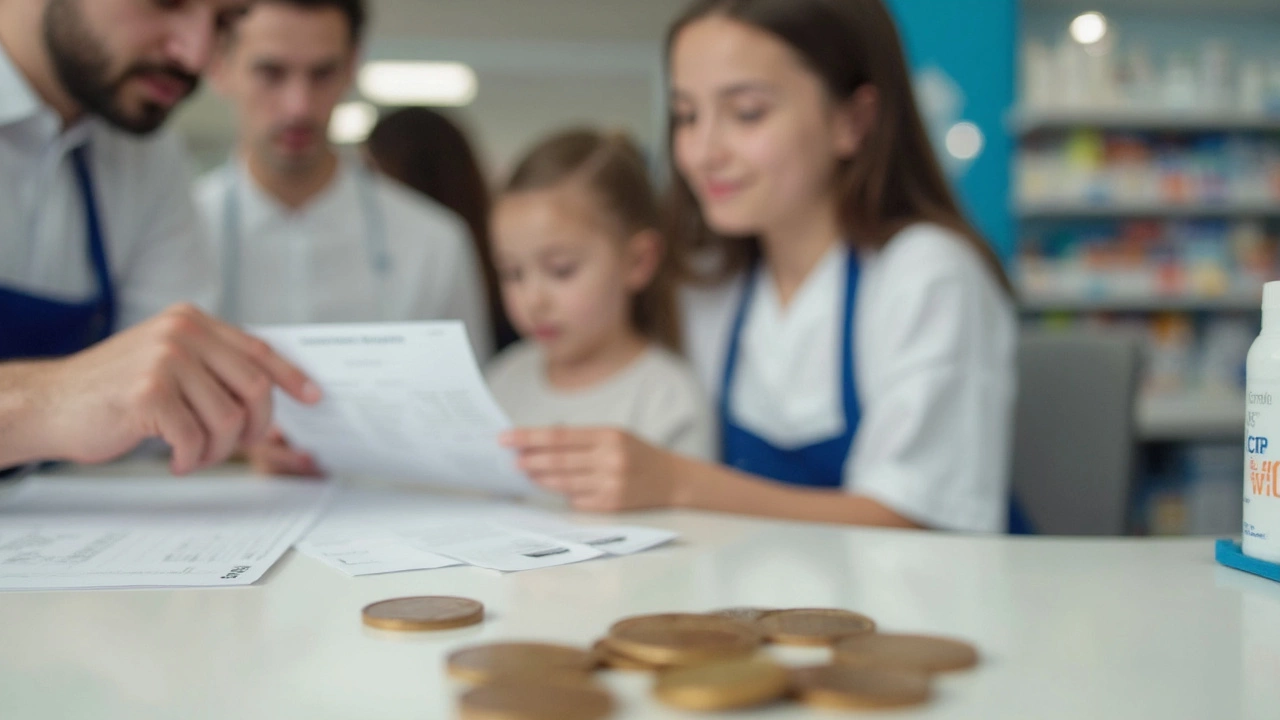
Brand-Name vs. Generic: Where’s the Savings?
Here’s the deal: most prescription costs come down to one choice—brand-name drug or generic? Pharmacies almost always offer both if there’s a generic option, but plenty of people still feel uneasy about taking generics. The truth? For most conditions, generics work exactly the same as their brand-name twins because the FDA says they have to prove it before hitting shelves.
The big difference is price. Generics can cost up to 85% less than the brand-name version. That’s not a typo. Let’s look at a real-life example:
| Medication | Brand-Name (avg. price) | Generic (avg. price) |
|---|---|---|
| Lipitor (cholesterol) | $150/month | $10/month |
| Prozac (antidepressant) | $100/month | $8/month |
This isn’t just about list prices either. Insurers usually cover generics with much lower copays, and pharmacy discount cards slash the price even more. But sometimes, you’ll still see someone picking brand-name meds when there’s a cheap generic right next to it. That’s usually because of doctor preference, insurance quirks, or sometimes just habit.
If you want to save, always ask your doctor whether a generic is an option. Sometimes it’ll have a slightly different filler ingredient (like coloring), but the active medicine is the same. Here’s what to keep in mind at the pharmacy:
- Ask for the generic every time—it’s legal and safe for most people.
- Check online pharmacy prices beforehand. Prices aren’t frozen across the board, so you might spot a better deal nearby.
- Use pharmacy savings programs or coupon apps. These can drop the medication savings even further, especially on generics.
The short version: unless your doctor says no for a medical reason, choosing generics over brand-name meds can save you real money, every single month.
Smart Moves to Lower Your Prescription Bill
Paying too much at the pharmacy? You’re not stuck with that hefty prescription cost. There are strategies to hack your way to real savings, and you don’t need an MBA in insurance to use them.
Ask for the generic—every single time. Generics have the same active ingredients as brand names, and the FDA requires them to work just as well. In fact, generics usually cost up to 85% less. For example, a popular cholesterol drug might be $350 for the brand and just $15 for the generic version. That’s not pocket change.
Switch pharmacies. Prices can change from one pharmacy to another, even within the same zip code. Big-box chains, supermarket pharmacies, and independent drugstores all set their own prices. According to a 2024 Consumer Reports analysis, one blood pressure medicine cost $32 at a major retailer but over $180 at a nearby independent pharmacy.
Don’t forget about pharmacy discount cards and programs. Services like GoodRx or SingleCare let you compare prices and find digital or printable coupons. Sometimes these prices beat your insurance’s copay. It sounds too good to be true, but it works. Just ask the pharmacy to process the discount before running your insurance—if it’s cheaper, go with it.
If you’re taking medication long-term, talk to your doctor about a 90-day supply instead of refills every month. Many insurance plans offer lower prices per pill if you go for a bulk refill. That means fewer trips, too—win!
| Tip | Possible Savings |
|---|---|
| Ask for generic | Up to 85% |
| Compare pharmacies | Variations over $100 |
| Use discount cards | 20%-80%, sometimes more |
| Buy 90-day supply | 10%-25% |
If your medicine isn’t covered at all, double-check patient assistance programs from both drug companies and charities. These often help people with lower incomes or big medical bills. Also, always ask your doctor if there’s a cheaper alternative in the same drug family. You’d be surprised how many times there is.
“Prices for prescription medications can depend solely on where you fill your prescription and how you pay, so it pays to shop around every time,” says Dr. Michael Steinman, Professor of Medicine at UCSF.
Staying in-the-know about prescription costs isn’t just for bargain hunters. It’s how you make sure you’re not overpaying for the medicine you and your family need. Remember, knowledge is your best money-saving tool at the pharmacy.
